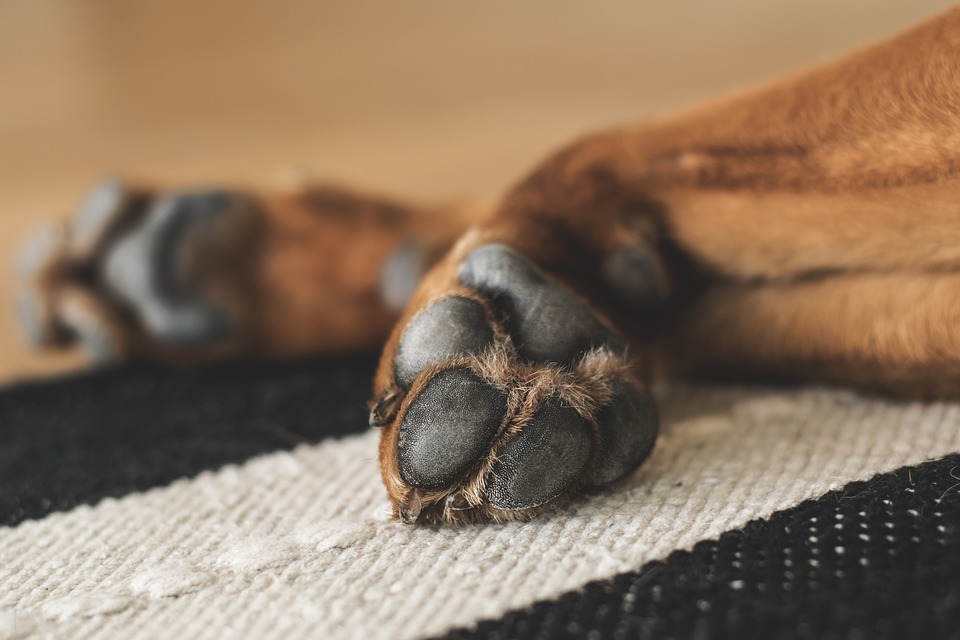Canada News
National blood shortage prompts call for dog donors at clinics in Alberta

Any dog blood donated at clinics across Canada goes into the bank for sure by veterinarians when a dog is recoverin after surgery or from diseases such as cancer (Pixabay photo)
EDMONTON — Parker is not yet five years old and has been giving blood regularly for nearly three of them.
“He just gave his 12th donation,” said Hans Granholm of Edmonton.
What makes Parker’s altruism unusual is that he’s a happy-go-lucky giant schnauzer mix. The rescue dog, which had to go through a series of tests to make sure he was eligible to donate, doesn’t seem to mind the donor sessions at all.
“He’s quite a clown,” owner Granholm said with a laugh. “He’s the only dog I’ve ever met that actually smiles.
“When we go in there, he just goes around and smiles to all of the girls and all of the technicians. He’s just quite a clown.”
Parker, who is 4 1/2, is one of the regular donors at Edmonton’s NAIT clinic, which recently put out a call for more dogs.
“Our donor pool depleted quite dramatically,” said Beth Knight, laboratory director at the Canadian Animal Blood Bank in Winnipeg.
“It’s one of those challenges.”
Any dog blood donated at clinics across Canada goes into the bank for use by veterinarians when a dog is recovering after surgery or from diseases such as cancer. Cats and other pets can also donate blood, but it’s a much more complicated procedure and they aren’t part of the same program.
Canine donors must meet several requirements, but the clinics are always on the lookout for “sweet-natured” dogs.
Knight said the clinics don’t ask too many personal questions.
“We do ask about bites and fights,” she said.
They also need to know about any health problems, so they take a small blood sample, she added.
“Once the donor has passed these little hurdles, we give them a great big hug and ask them to lie down on the table.”
A total of 450 millilitres of blood, the same volume that would be taken from a human, is drawn with a needle from the dog’s jugular vein after the area is shaved and prepared.
“It takes two to three minutes,” Knight said.
Each dog is different.
“We have both the yin and yang of donors,” said Knight. “Some love coming; some are glad to leave. Others think they are going to get their nails trimmed, so they panic until they have this big needle in their jugular and then they totally relax.
“It’s like, ‘Oh, this is what we’re doing.”’
She said dogs typically recover more quickly than people after giving blood.
“Every lab owner wants the dog to be slower and that will never happen,” she said. “Their head and their heart are at the same level, and their ability to recover from a blood loss is managed more easily than you and I.”
There are seven major blood groups in dogs. Greyhounds, German shepherds, pit bulls and Weimaraners are more likely to have the type that’s considered universal.
Each donation helps up to three dogs.
Doggie donors must be between one and eight years old, weigh at least 25 kilograms and be up to date on their vaccinations.
They receive free blood products — if ever required — a tag, a bandana and a free microchip after the second donation.
Granholm, who has been bringing in his dogs to donate since 2004, said he regularly urges other owners to take their dogs to give blood.
“It’s the same as a human giving blood,” he said. “You’re doing a service to others.”
Parker gets an added bonus after he donates.
“Oh yeah, he gets a treat afterward.”





















